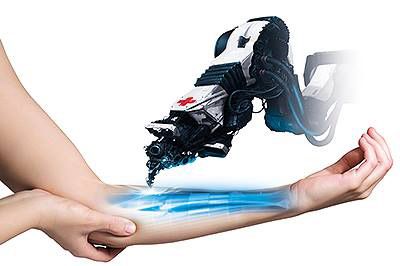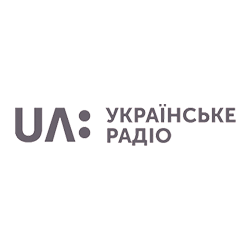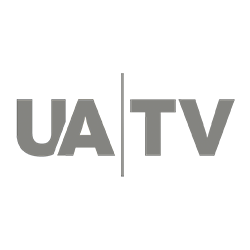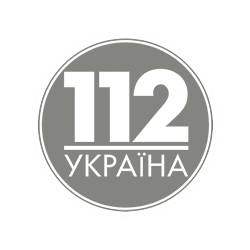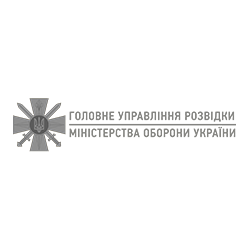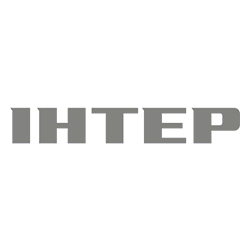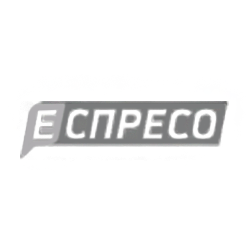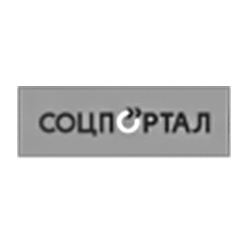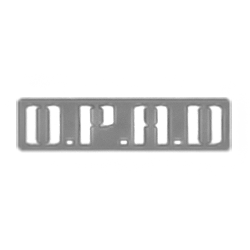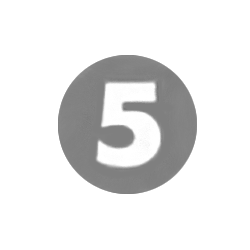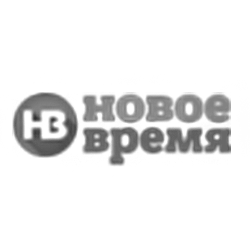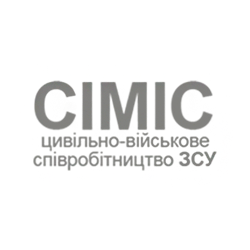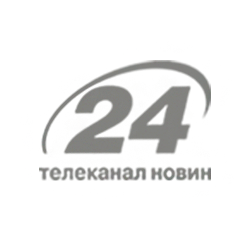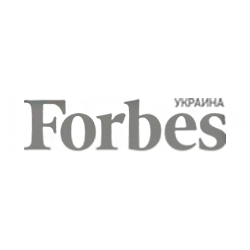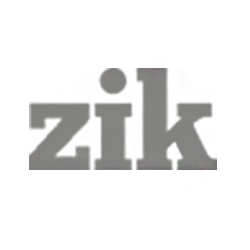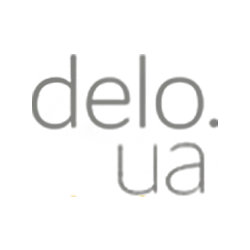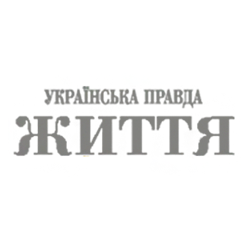A team of scientists from Lawrence Livermore National Laboratory (LLNL) in the US have identified a gene regulator of stem cells are involved in the healing of fractures. The discovery will help to develop new therapeutic treatments for injuries that are difficult to treat. Results of the research have been published in the “The Bone Journal”.
Regeneration of fractures involves the healing of bones, muscles, blood vessels and the thin shell of bone (periosteum). The periosteum contains stem cells that migrate to the site of injury and differentiate into chondrocytes (cartilage forming) or osteoblasts (bone forming).
To this day the interaction between stem cells and periosteum cells in the treatment of bone fractures has been little studied. The team of scientists from LLNL and Indiana University, opened Sostdc1 – gene regulator of stem cell activity in the recovery of fractures. The study showed that Sostdc1 plays a critical role in self-renewal and differentiation of stem cells that can be used in the development of new therapeutics for fractures that are difficult to treat.
There are two types of bone: cortical – dense and hard tissue that acts as the outer layer of most bones; and spongy, which is located at the ends of long bones near the joints and in the vertebrae.
The study found that mutant mice lacking the gene Sostdc1, despite lower trabecular bone density had thicker and more dense cortical layer of bone, which was restored after changing in less time compared to genetically normal counterparts.
In addition, the researchers showed that gene suppression of Sostdc1 induces a proliferation of stem cell populations and their migration to the site of injury, accelerating regeneration.
Earlier studies have found a gene involved in embryo implantation of Sostdc1, led to the formation of teeth and hair follicles and in the development of kidney disease progression and cancer.
“Our work describes previously unstudied gene function Sostdc1, emphasizing its potential role in metabolism and restoring the skeleton,” Gaby Loots, LLNL biologist and lead author of the article, said.
The study showed that Sostdc1 plays an important role in the shaping and the restoration of the spongy bone in the early stages of recovery after crisis, and its absence affects the behavior of stem cells in response to injury.
“Our research will further improve the performance of stem cells in other tissues,” LLNL biologist Nicole Collette, first author of the paper, said.
Earlier, The People’s Project reported the incredible restoration of the bone in a 19-year-old’s leg. Recently doctors formed new bone in a wounded soldier from the “Donbas” Battalion.
In the project Bioengineering Rehabilitation for Wounded, iLaya clinic doctors are using the latest biotechnology restore the damaged limbs of wounded Ukrainian soldiers.
Currently the collection of funds for the treatment of five wounded is underway and four more are waiting in line to join the project. For them biotechnology represents their only chance for recovery. Since the state, through legislative and other restrictions, can not support biotechnology in the treatment of wounded soldiers, their only hope lies with people.
We ask you to get involved and help Ukraine’s defenders.





